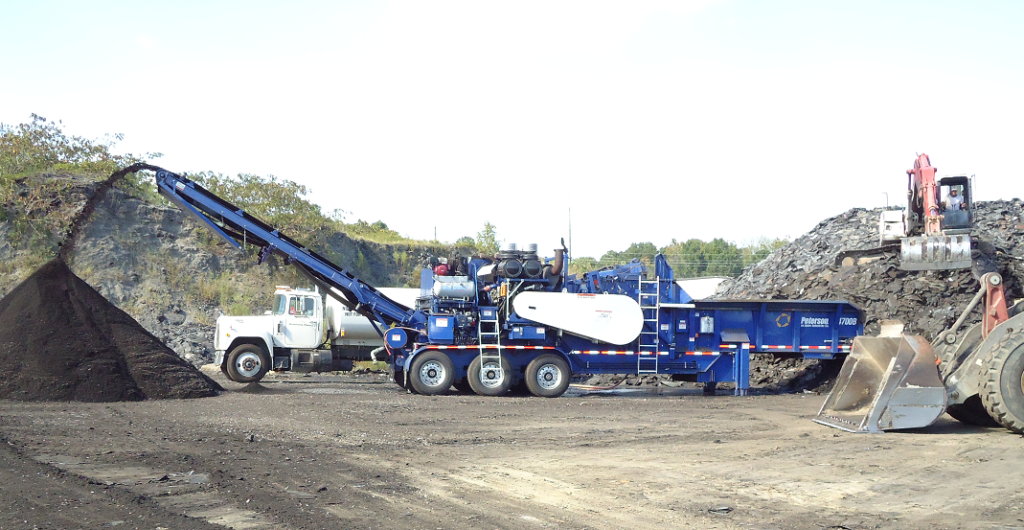
Shingle recycling has gained momentum in recent years due to comprehensive research and enhancement of its potential marketability. Many industries are taking advantage of this unique opportunity to promote environmental sustainability and conservation through reuse and recycling; one industry needing to embrace this effort is the construction industry which faces increasing waste in its daily activity.
With an ongoing demand for greener solutions in the handling of waste material, roofing companies are encouraged to recycle asphalt shingles to create other viable products and lessen the impact on the environment.
Waste Production
One of the most popular types of residential roofing material used in the United States is asphalt shingles. It makes up a total of eight percent of building-related debris and one to ten percent of annual construction and demolition waste, occupying thousands of cubic yards of landfill space across America according to the Environmental Protection Agency (EPA).
There is an estimated eleven million tons of shingle waste produced annually in North America, created by manufacturing scraps, extras from installation, demolition debris, tear-offs, and re-roofing. This is an alarming statistic and quite threatening to the environment; modern refuse management strategies must come to the forefront and face this challenge.
Waste Management
To establish a cleaner and waste-free society, numerous governmental agencies and other organizations are adopting strategies that can reduce the negative environmental effects of residential demolition and resulting residual debris. As technology evolves, shingle recycling is becoming an effective means to minimize and prevent the adverse impact of such refuse on the environment while also helping economic development and offering other opportunities to enhance the quality of life.
To convert the trash produced from factory rejects, end-runs, demolition scraps, and re-roofing projects into renewable products; contaminants such as nails and wood must be removed by a rotating magnet or floatation before being put into grinding equipment. The material is then graded and sized depending on the grinding machine that is used.
Products, Benefits, and Application
Since the market is continuously growing and expanding, recycled asphalt shingles can be converted into products such as hot-mix asphalt for use as a paving supplement; cold patch for pothole repair; temporary roads; driveways, and parking lot surfacing; dust control; and a sub-base for road construction – all of which are potential markets and opportunities for shingle recycling. When used as a road paving material, it can enhance pavement performance; prevent rutting; avert thermal fatigue and cracking; and resist wear and moisture damage. After many years of scientific studies and research, this type of waste product is both a good source of profit and an effective means of eradicating waste and increasing landfill space for a greener environment.
The market for shingle recycling has accelerated its growth over the past several years. Researchers and numerous other business enterprises are choosing this green option as one of the best solutions to decrease waste by reducing the burden on landfills; there is also the added benefit of being extremely profitable. Indeed, by processing this type of waste product, ecological sustainability will be promoted and a great deal of landfill space will be saved. A side effect is a decrease in the amount of virgin oil that is required to produce asphalt paving. Recycling shingles can make a huge difference in saving the environment!
